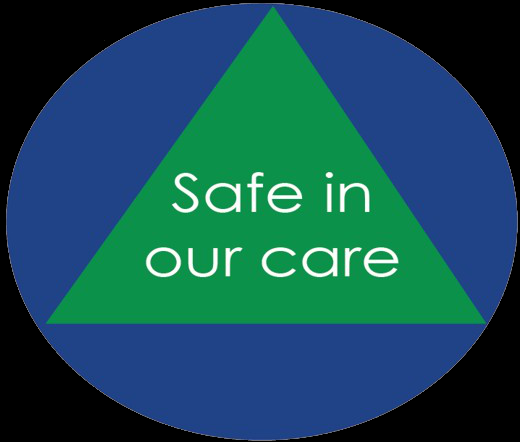SAFETY HELMETS
Features
Safety helmets are one of the most frequently used forms of PPE. Safety Helmets will protect the user’s head against:
- impact from objects falling from above, by resisting and deflecting blows to the head.
- hitting fixed dangerous objects at the workplace,lateral forces - this would depend on the type of hard hat selected. Traditional hard hats are not designed to protect users from impacts to the front, side or back of the head, open flame, molten metals splash, electric shock, high temperature – this would depend on the standard of the hard hat selected for example a standard hard hat will not protect against an electric shock.
In general, protective helmets, or hard hats, should:
- Resist penetration by objects,
- Absorb the shock of a blow,
- Be water resistant and slow burning, and
Come with instructions explaining proper adjustment and replacement of the suspension and headband.
All employees working in areas where there is a possible danger of head injury from impact, or from falling or flying objects, or from electrical shock and burns, shall be protected by protective helmets. Safety helmets must be worn when performing most construction works, works in the vicinity of lifting equipment (cranes, hoists, etc.) and suspended loads, works in forestry, works in cisterns, wells, shafts, tunnels, etc. In these situations the use of a safety helmet will help protect against injuries to the scalp, skull and cervical vertebrae. It is the responsibility of the employer to conduct a risk assessment and determine the need for head protection at the workplace. In some situations the safety helmets serves as a base for other kinds of PPE i.e .will be used together with other PPE, e.g. hearing protection, face visors or respiratory protection equipment. In these situations it is important that the suitability and the compatibility of the different PPE are considered.
When adjusting and positioning a safety helmet on the head, the user must ensure that the:
- harness straps crossing the top of the helmet adhere closely to the head,
- headband which runs around the head strictly adhere to the forehead and nape of the neck,
- safety helmet is securely mounted on the head i.e. the helmet must be positioned on the head and should be limited by the minimum amount of clearance between the hard shell and the skull. This will give a low center of gravity and provide exceptional balance.
Helmet should be adjusted in a manner that even without the use of a chin strap it will stay on the head without falling. Choosing the right body protection to wear for each risk-assessed task is of vital importance in every work situation, particularly in work environments where it can be fatal if we get it wrong.
Features
Safety helmets are one of the most frequently used forms of PPE. Safety Helmets will protect the user’s head against:
- impact from objects falling from above, by resisting and deflecting blows to the head.
- hitting fixed dangerous objects at the workplace,lateral forces - this would depend on the type of hard hat selected. Traditional hard hats are not designed to protect users from impacts to the front, side or back of the head, open flame, molten metals splash, electric shock, high temperature – this would depend on the standard of the hard hat selected for example a standard hard hat will not protect against an electric shock.
In general, protective helmets, or hard hats, should:
- Resist penetration by objects,
- Absorb the shock of a blow,
- Be water resistant and slow burning, and
Come with instructions explaining proper adjustment and replacement of the suspension and headband.
All employees working in areas where there is a possible danger of head injury from impact, or from falling or flying objects, or from electrical shock and burns, shall be protected by protective helmets. Safety helmets must be worn when performing most construction works, works in the vicinity of lifting equipment (cranes, hoists, etc.) and suspended loads, works in forestry, works in cisterns, wells, shafts, tunnels, etc. In these situations the use of a safety helmet will help protect against injuries to the scalp, skull and cervical vertebrae. It is the responsibility of the employer to conduct a risk assessment and determine the need for head protection at the workplace. In some situations the safety helmets serves as a base for other kinds of PPE i.e .will be used together with other PPE, e.g. hearing protection, face visors or respiratory protection equipment. In these situations it is important that the suitability and the compatibility of the different PPE are considered.
When adjusting and positioning a safety helmet on the head, the user must ensure that the:
- harness straps crossing the top of the helmet adhere closely to the head,
- headband which runs around the head strictly adhere to the forehead and nape of the neck,
- safety helmet is securely mounted on the head i.e. the helmet must be positioned on the head and should be limited by the minimum amount of clearance between the hard shell and the skull. This will give a low center of gravity and provide exceptional balance.
Helmet should be adjusted in a manner that even without the use of a chin strap it will stay on the head without falling. Choosing the right body protection to wear for each risk-assessed task is of vital importance in every work situation, particularly in work environments where it can be fatal if we get it wrong.







